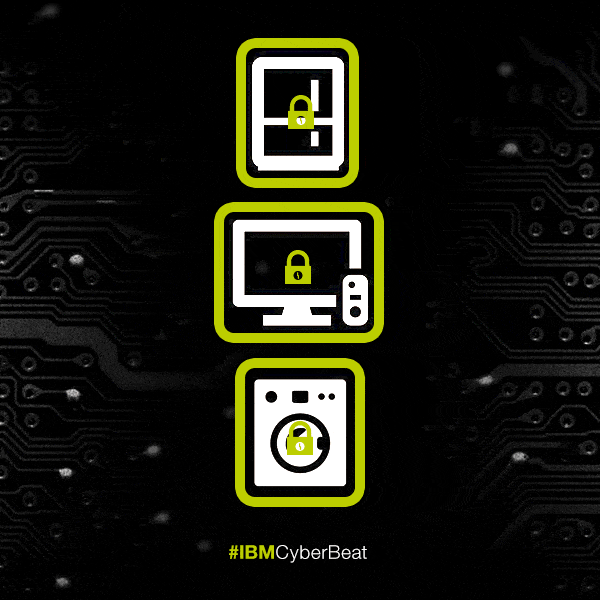

Hamas, despite being a well-studied militant and terrorist organization, is expanding its offensive cyber and information capabilities, a fact that is largely overlooked by counterterrorism and cyber analysts alike. To the extent that US counterterrorism strategy addresses the offensive cyber threat from terrorist organizations, it is focused on defending critical infrastructure against the physical consequences of a cyberattack. Before more recent efforts to address the surge in financially driven criminal ransomware operations, the United States and its allies deployed policy countermeasures overwhelmingly designed for use against state actors. public intelligence assessments, and academic literature on global cyber threats to the United States overwhelmingly focuses on the “big four” nation-state adversaries-China, Russia, Iran, and North Korea. Emma Schroeder, Stewart Scott, and Trey Herr, Victory Reimagined: Toward a More Cohesive US Cyber Strategy, Atlantic Council, June 14, 2022.

Moreover, US strategy, 3 The White House, National Security Strategy, October 2022. While most academic scholarship and government strategies on counterterrorism are beginning to recognize and address the integral role of some forms of online activity, such as digital media and propaganda on behalf of terrorist organizations, insufficient attention has been given to the offensive cyber capabilities of these actors. Militant and terrorist organizations have their own specific motivations for acquiring offensive cyber capabilities, and their operations therefore warrant close examination by the United States and its allies to develop effective countermeasures.
#CYBER ESPIONAGE THREATS FROM ISRAEL FREE#
2 Emma Schroeder et al., Hackers, Hoodies, and Helmets: Technology and the Changing Face of Russian Private Military Contractors, Atlantic Council, July 25, 2022, Cecile Schilis-Gallego and Nina Lakhani, “It’s a Free For All: How Hi-Tech Spyware Ends Up in the Hands of Mexico’s Cartels,” Guardian (UK), December 7, 2020.
#CYBER ESPIONAGE THREATS FROM ISRAEL HOW TO#
A number of these non-state actors have histories rooted almost entirely in armed kinetic violence, from professional military contractors to drug cartels, and the United States and its allies are still grappling with how to deal with them in the cyber context. From financially driven criminal ransomware groups to politically inspired patriot hacking collectives, non-state actors have a wide range of motivations for turning to offensive cyber capabilities. As such, a panoply of non-state actors is increasingly acquiring capabilities and integrating offensive cyber operations into their toolkits to further their strategic aims. 1 Michael Schmitt, “Normative Voids and Asymmetry in Cyberspace,” Just Security, December 29, 2014. Cyberspace as a domain of conflict often creates an asymmetric advantage for comparably less capable or under-resourced actors to compete against relatively stronger counterparts.


 0 kommentar(er)
0 kommentar(er)
